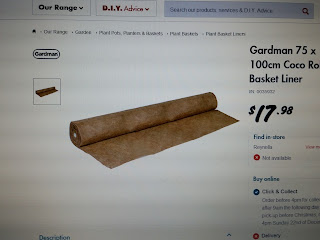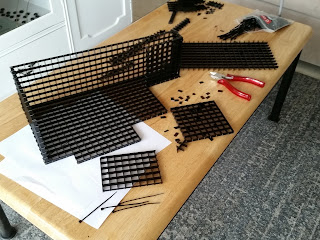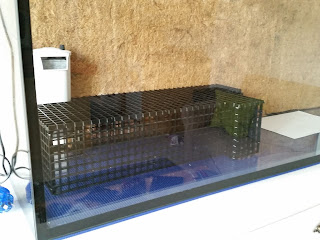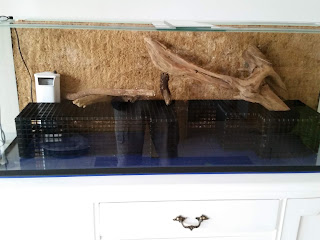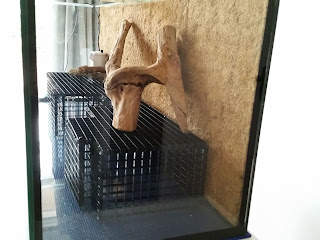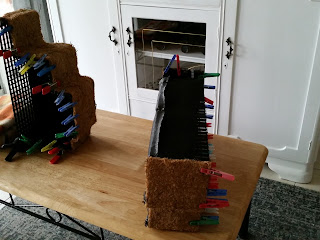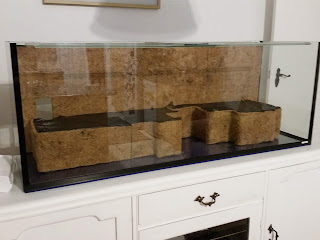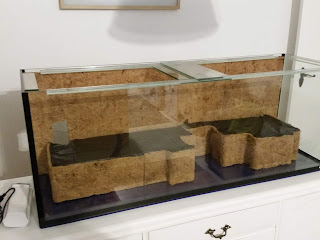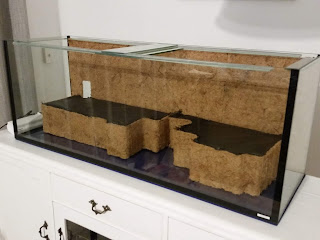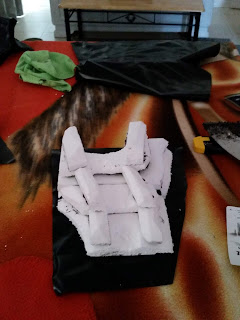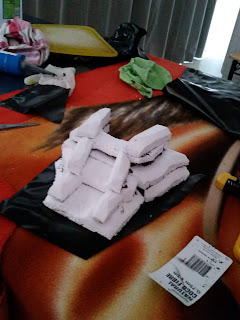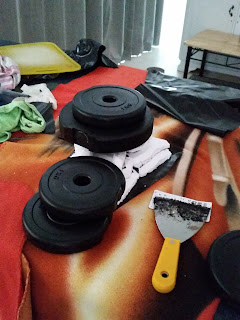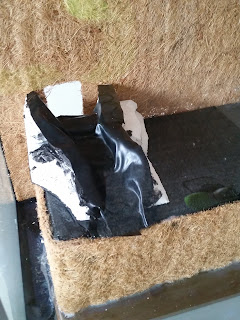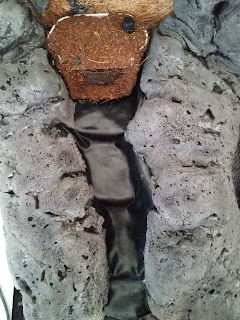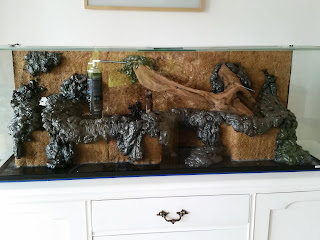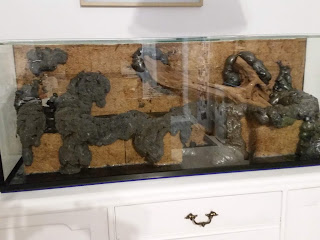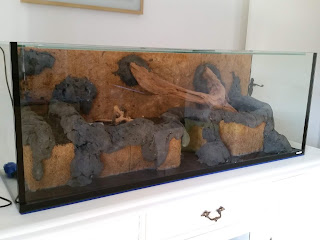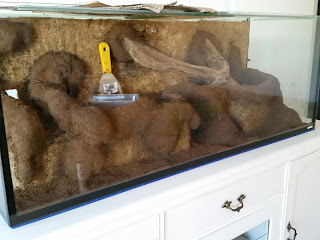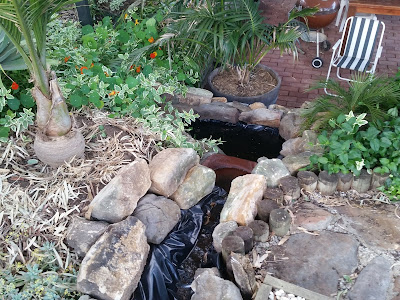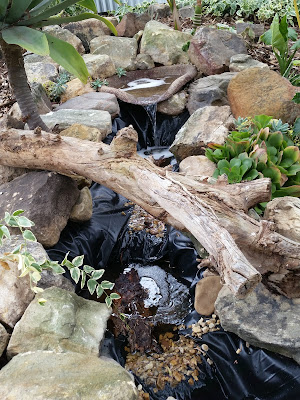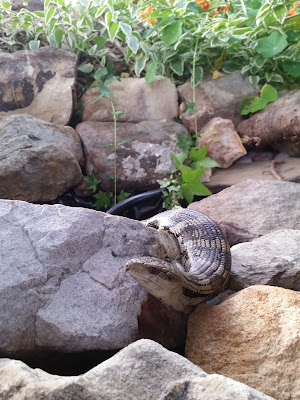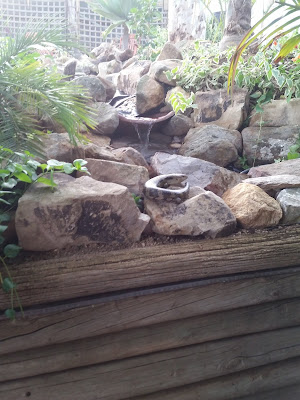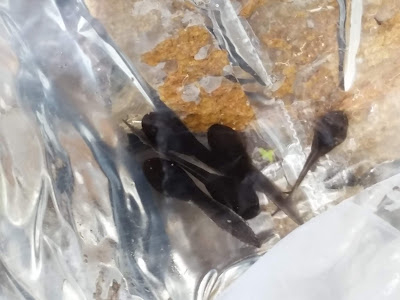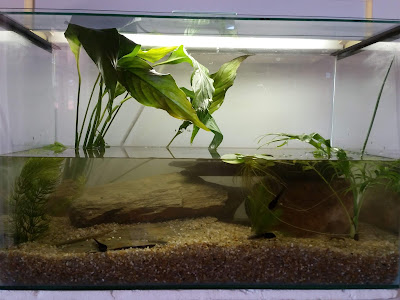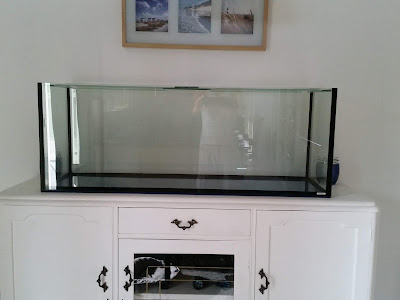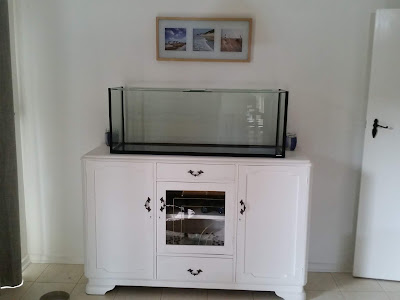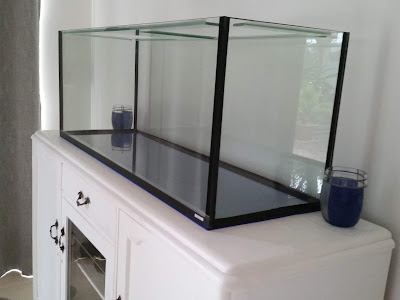Jungle Substrate Recipe:
- 1 part Coco fibre
- 1 part Fine bark
- 1 part Play sand
- 2 parts Sphagnum moss
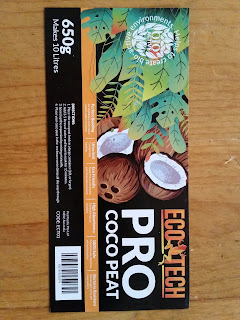 |
| Coco fibre for Jungle Substrate |
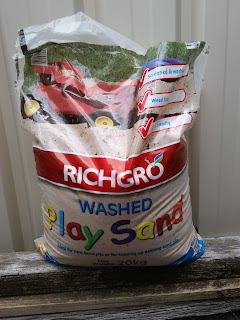 |
| Play sand Jungle Substrate |
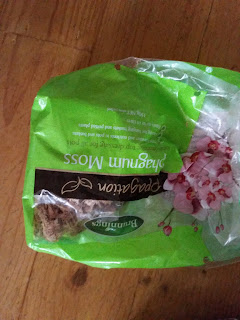 |
| Sphagnum moss Jungle substrate |
Instead of coco fibre you could also use potting mix but I don't like it because there all kind of unwanted micro organism in t which will give you alot of fungus growth, especially during the first couple of months.
Put all the ingredients in a bucket and mix it. Also add some water to make it smooth.
Don't mix any fertilizers in because they can harm your paludarium inhabitants.
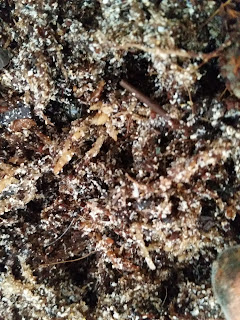 |
| Paludarium Jungle substrate |
Jungle Vines Recipe:
Before you put in your substrate it's a good idea to add some vines to give your paludarium an even more tropical rainforest look.
Vines are really easy to make from different pieces of rope. All you need is pieces of rope with a different thickness, silicone and coco fibre.
Put on some rubber gloves, cover the ropes in silicone and dip 'm in a bucket of coco fibre. Try to push the fibre into the silicone to prevent it from falling of when dry.
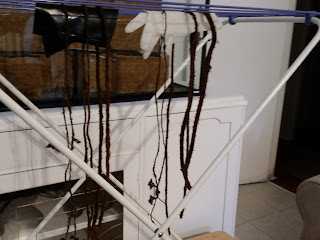 |
| Making vines for Paludarium |
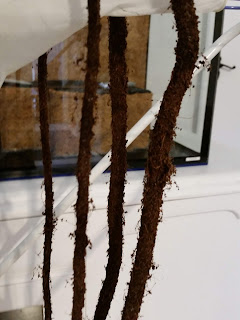 |
| Natural looking jungle vines Paludarium |
When the silicone is cured shake of the excess of fibre and use some waterproof super glue or stainless steel staples to attach them to your driftwood, background wall or Pur blobs and retaining walls. Twist the different thicknesses around each other to give it an even more natural look ...This is gonna look awesome.
Below you can see how it looks in my finished Paludarium today.
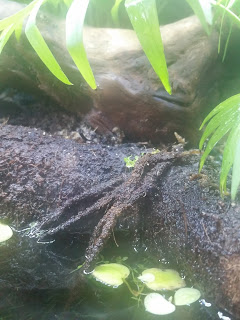 |
| Natural looking jungle vines in Paludarium |
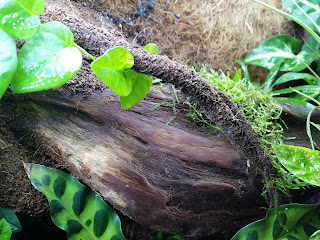 |
| Natural looking jungle vines and driftwood in Paludarium |
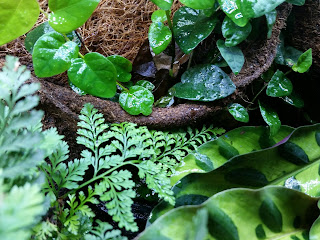 |
| Natural looking jungle vines in Paludarium |
